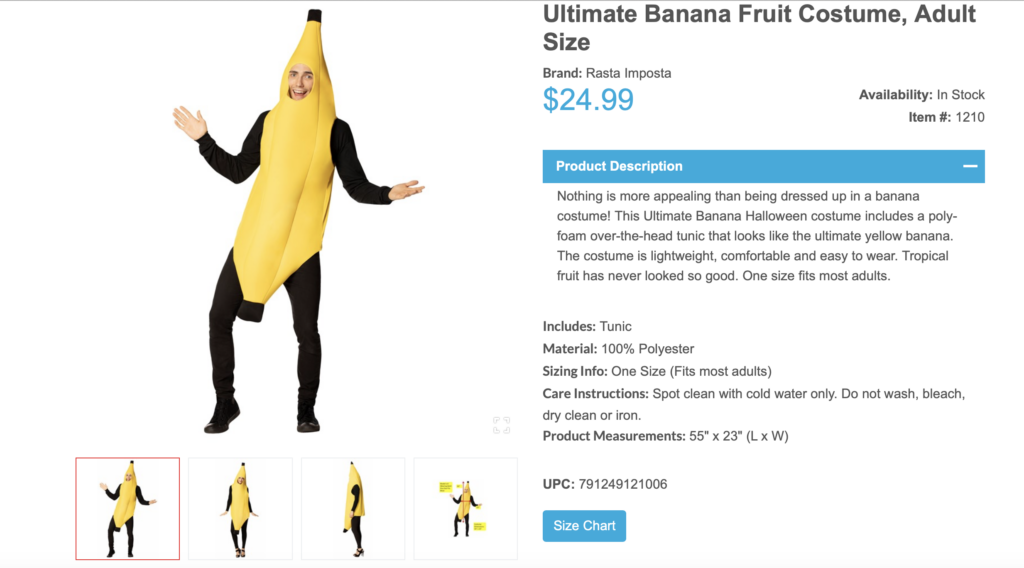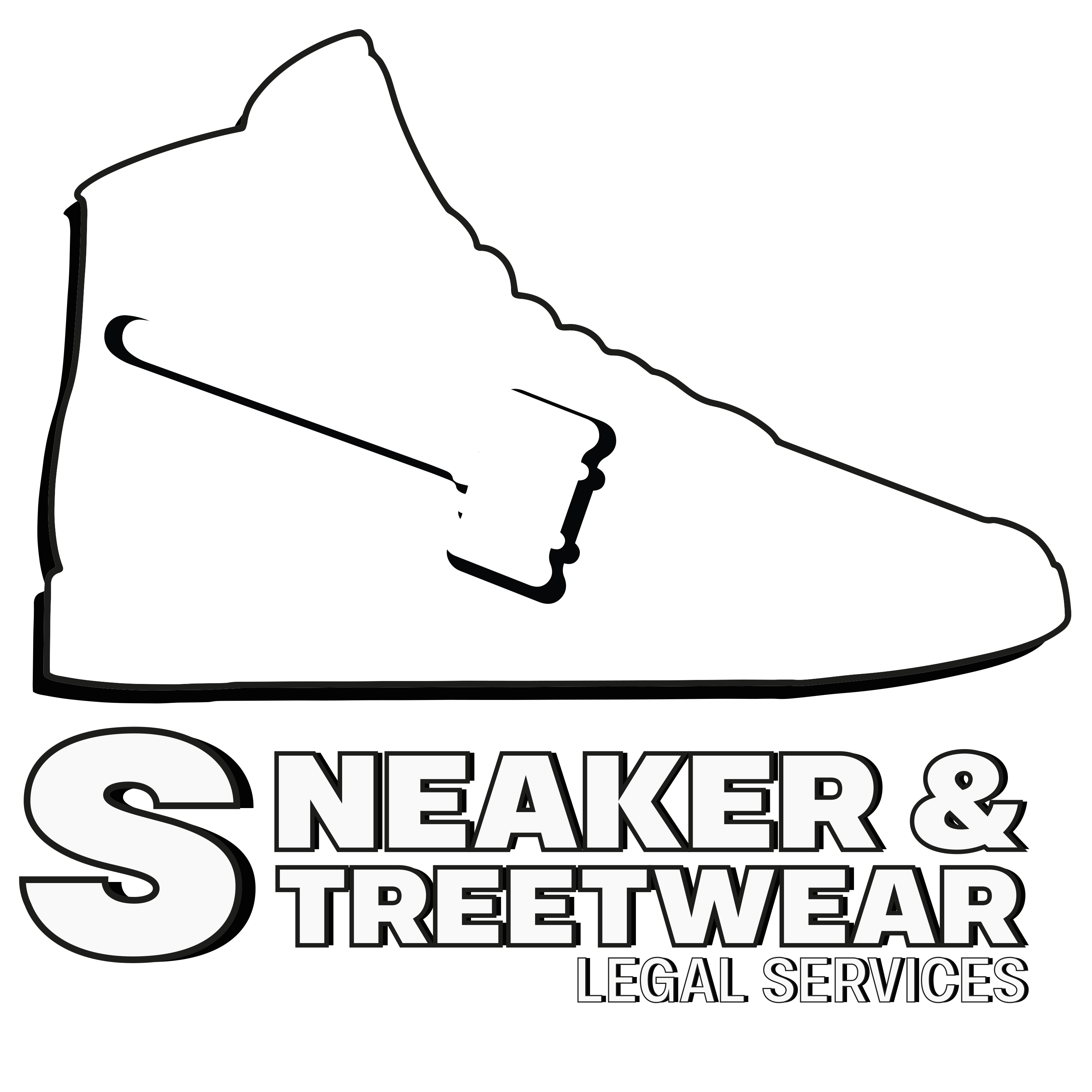Generally speaking, whenever the words “Halloween” and “Law” are together you hear stories about trick or treaters getting injured on someone else’s property or someone getting injured in a haunted house or corn maze and not about trademark or copyright law areas. My goal here is to change that logic, and make you think twice when creating next year’s Halloween costume.
Halloween can be a fun holiday for young kids and adults. Dressing up and making your own costume is a way to show your creativity and can be a way to be someone or something else for a day or night. However, all your Halloween candy can taste spoiled if you or your costume violate trademark or copyright laws while you are trick or treating.
Copyrights
Generally speaking, it is very tough for a Halloween costume to gain copyright protection. Courts have established that costumes constitute “useful articles” and only serve the utilitarian function of providing clothing. However, if the costume contains or incorporates a design (graphic, picture, sculptural design, …etc.) element that can exist independently of the costume you may be afforded a limited copyright protection in that design. What does this mean in English, costumes really are just articles of clothing and unless they have some special design element that can be separate from the outfit, are not likely to be granted any form of copyright protection.
For example, one of my favorite crime fighters, Batman, has a unique bat design on his outfit. This symbol is well known and has the ability to stand on its own as an independent work for copyright purposes.
Trademarks
Speaking of the Batman logo, this can also be another form of intellectual property know as a trademark. The Batman logo or symbol is certainly a well-known trademark owned by DC Comics.
A well-known recent lawsuit between retail wholesale Halloween costume company Rasta Imposta and Kangaroo Manufacturing over a banana costume can help paint the picture for you. In Silvertop Assocs. v. Kangaroo Mfg., No. 18-2266, 2019 U.S. App. LEXIS 22989 (3d Cir. Aug. 1, 2019), Rasta Imposta filed a copyright infringement claim (amongst other claims like a good lawyer does) for selling a similar full body yellow banana costume. The Court ultimately found in favor of Rasta and the banana costume, noting that its artistic features, including the color, lines, shape, and length were sculptural features that were separable and could be exist independently from the costume. The Court relied on a recent Supreme Court decision in Star Athletica. The ruling is an example of how Court favor creativity and encourage businesses and individuals to find creative, different, and expressive ways to make and sell Halloween costumes.

How does this relate to the Halloween costume you and your mom make at home instead of the one you purchase at Target?
The same trademark and copyright issues exist when you are making your costume instead of purchasing one from a store. However, since you are not selling it commercially it is very unlikely that anyone will come after you for infringement. So, take a deep breath and enjoy Halloween. However, some of the benefits of the digital age mean you and your Halloween costume could “go viral” so creativity and personal expression are always encouraged when creating your own costume. Remember to be cautious of using trademark brands, logos, designs and the like, but don’t be scared (lol more Halloween humor). Courts use the doctrine of “Fair Use” and its four elements to determine if your use of a copyright costume constitutes infringement. One of those factors is the potential effect of your use on the market. So if you are making your costume for you to use on Halloween only and not for sale online you should be ok. If you have any questions give the Kurtz Law Firm a call.
Zak Kurtz is the founder and partner of Kurtz Law Firm and the Sneaker Law FirmTM focusing on sports, fashion, intellectual property, technology and sneaker law areas.

